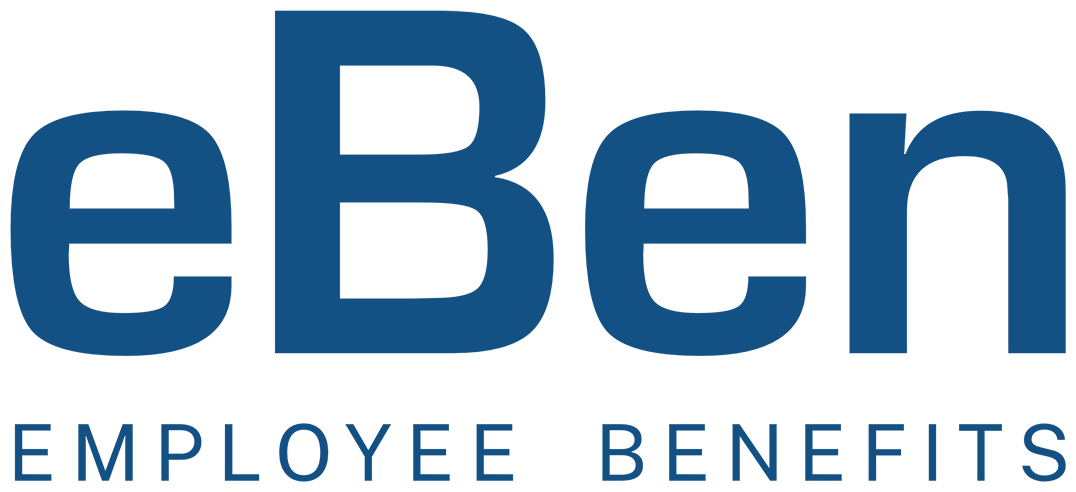 Employers who offer certain employee benefit plans must keep pace with reporting changes. On February 24, 2003, the U.S. Department of Labor (DOL), the Internal Revenue Service (IRS), and the Pension Benefit Guaranty Corporation (PBGC) released revisions to Form 5500.
Employers who offer certain employee benefit plans must keep pace with reporting changes. On February 24, 2003, the U.S. Department of Labor (DOL), the Internal Revenue Service (IRS), and the Pension Benefit Guaranty Corporation (PBGC) released revisions to Form 5500.
The DOL also issued the latest revisions to the Summary Annual Report (SAR), which integrated the new changes to Form 5500. Employers must comply with these revisions on or after January 1, 2023.
Now, in 2024, employers who offer ERISA-covered defined contribution plans must distribute a SAR to plan participants within nine months of the end of the plan year or within two months after the deadline for Form 5500 filing.
For calendar year plans, the SAR distribution deadline is September 30, 2024, except for employers who file for an extension using Form 5558. With an extension, the SAR is due by December 15, 2024.
A Closer Look at the Summary
Annual Report
The Summary Annual Report summarizes the information previously reported to the DOL on the most recent Form 5500. The SAR is designed to summarize Form 5500 and maintain greater transparency by keeping plan participants advised of their benefit plan’s annual financial health.
The report clearly outlines each plan participant’s rights to certain types of information. Plans exempt from filing Form 5500 are also exempt from SAR distribution requirements. In addition, unfunded welfare plans are not required to distribute a SAR.
Any employer with an ERISA-covered plan requiring them to file Form 5500 must also complete the SAR. This includes employers that offer retirement plans, large insured plans, pensions, and certain employee health and welfare benefit plans, such as dental insurance, disability benefits, and medical insurance.
Employers who offer alternative health benefits, such as Flexible Spending Accounts (FSAs) and health reimbursement arrangements (HRAs), must also follow SAR
reporting requirements.
Recipients of the Summary
Annual Report
Understanding who should receive the SAR can help prevent compliance issues that could arise later on. The SAR does not need to be filed with the IRS, DOL, or other government agencies. Instead, employers must provide the SAR to all plan participants and beneficiaries listed in the plan’s annual summary plan description (SPD).
Plan participants and beneficiaries include the following:
 Active employees
Active employees- Retirees
- Former plan participants who continued their coverage with COBRA
- Former plan participants who lost coverage during the plan year
- Widows or beneficiaries of deceased plan participants
- Alternative recipients under qualified medical child support orders
- Representatives of incapacitated individuals that fall under any of the above categories
How the Summary Annual Report
Is Distributed
Summary annual reports must be distributed to plan participants and beneficiaries in the proper format, style, and content requirements outlined by the DOL.
It is also important to ensure that the distribution chosen results in the reliable delivery of the SAR to the proper participants.
The SAR can be distributed to participants and beneficiaries using the following methods:
- By mail
- By hand
- Published in a company newsletter or other company publication sent to employees
- Electronically (only if the plan participant agrees to receive the SAR electronically and has the alternative option to receive a paper copy upon request)
All plan participants and beneficiaries also have the right to request a copy of the SAR at any point throughout the year.
Information Included in a Summary Annual Report
The DOL requires employers to include certain categories in the SAR. Only information found on the plan’s Form 5500 should be included in the report. This includes:
- Basic Financial Information: Include the value of plan assets at the start and end of the plan year, as well as plan expenses and total income.
- Funding and Insurance Information: State the types of claims the plan sponsor is committed to paying if the plan is uninsured. For insured plans, state the types of claims the plan has a contract with the insurance carrier to pay.
- Rights to Additional Information: Include a statement that the participant has the right to request a copy of the annual report at any time.
Penalties for Not Distributing the SAR
on Time
 Employers who fail to distribute the SAR to plan participants and beneficiaries or do not distribute the SAR by the established deadline may face penalties for non-compliance.
Employers who fail to distribute the SAR to plan participants and beneficiaries or do not distribute the SAR by the established deadline may face penalties for non-compliance.
Failing to distribute the Summary Annual Report is considered an ERISA violation and could result in fines of up to $110 per day until the SAR is distributed.
This per-occurrence fine is for each employee who requests the report but does not receive it within 30 days. In addition, ERISA violations can result in criminal and financial penalties of $100,000 or up to 10 years in prison.
Get Expert Help with SAR
Distribution Requirements
At eBen, our team of employee benefits consultants has years of experience helping businesses meet SAR distribution requirements to ensure timely submission.
Allow our experts to help complete and distribute these essential documents on your company’s behalf. Contact eBen today at (910) 518-9338 to get started.


